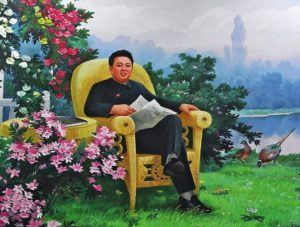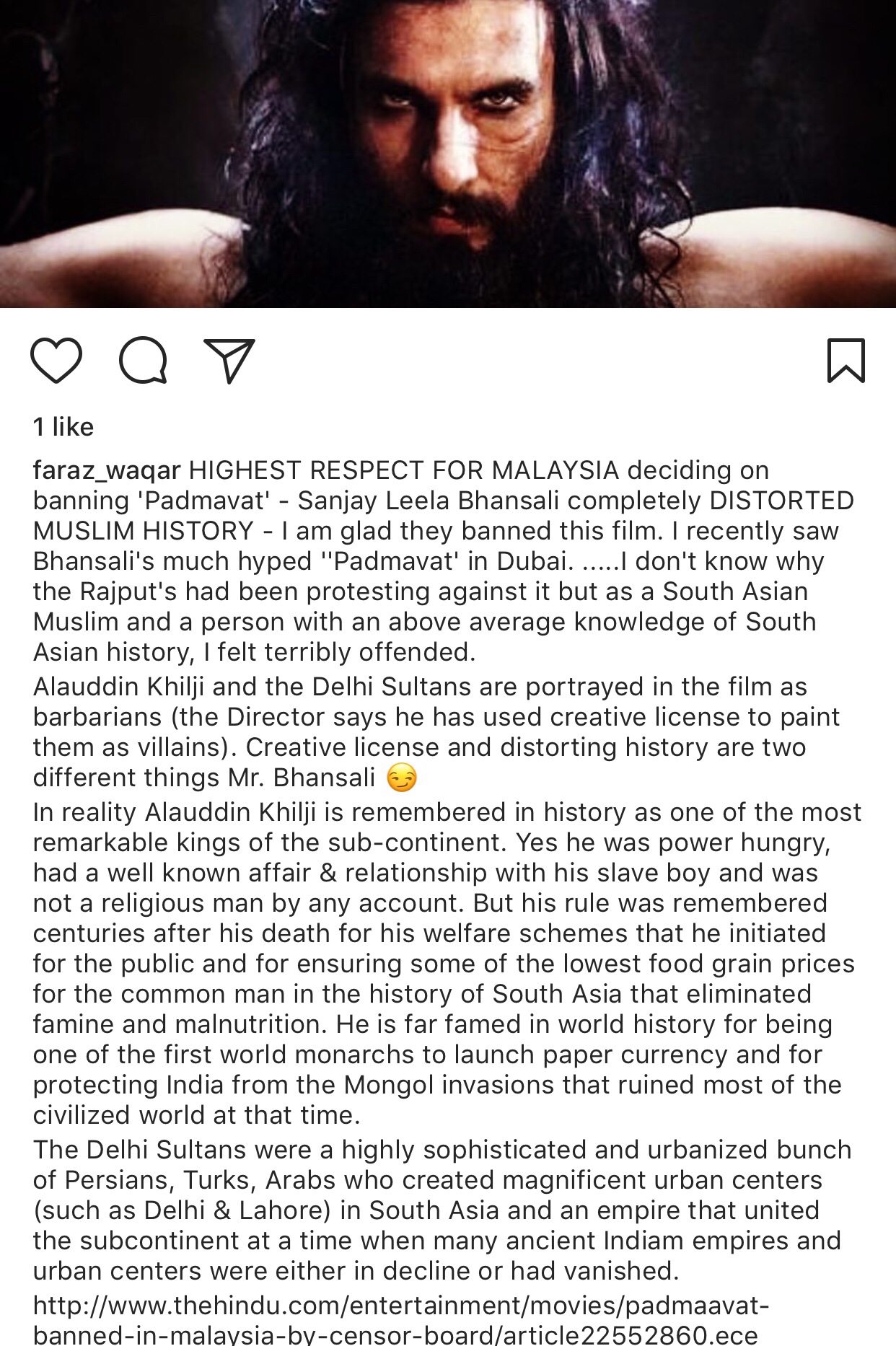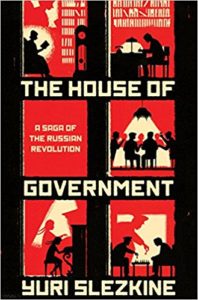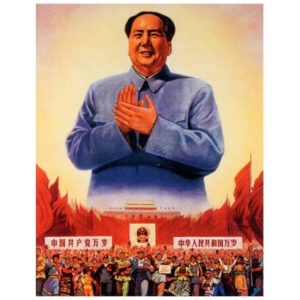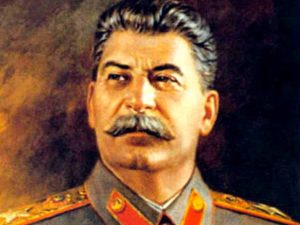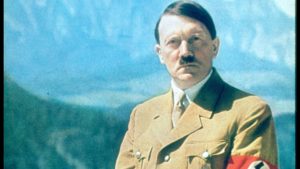Shamsur Rahman Faruqi’s The Sun That Rose From the Earth: Insights into the world of Urdu poetry in the Late Mughal Era
By Kabir Altaf
South Asians continue to be fascinated by the Mughal period. Whether one sees this period as the origin of North India’s high culture (the view of most Pakistanis and partisans of the Islamicate culture) or as hundreds of years of slavery under the Muslims (the view of the Hindu Right), it is clear that the Mughals remain central to India’s history and to the country’s conception of itself. This period was also the time when there was a great flourishing of the arts, including music and poetry. For example, it was during the reign of Muhammad Shah “Rangila” (r. 1719-1748) that khayal gaiyki—presently the main style of classical vocal music in North India—was developed. Some scholars also state that it was in Muhammad Shah’s time that Urdu replaced Persian as the language of the Mughal court. What is without question is that the 18th and 19th centuries were when Urdu poetry reached its heights and when the works of authors such as Mir Taqi Mir (1723-1810) and Mirza Ghalib (1797-1869) were created.
It is the lives and works of these poets which forms the core of Shamsur Rahman Faruqi’s collection of novellas, The Sun That Rose From The Earth—the author’s own translation into English of his Urdu work Savaar aur Doosre Afsane. The three major stories–“Bright Star, Lone Splendour”, “In Such Meetings and Partings, Ultimately” and “The Sun That Rose from the Earth”—are about Ghalib, Mir, and Mushafi respectively. Faruqi is known as the “grand old man of Urdu literature” and received the Padma Shri from the Government of India in 2009. His novellas reflect his vast knowledge of Urdu poetry and the culture that produced it.
“In Such Meetings and Partings, Ultimately” is one the longest stories in the book and revolves around Mir Taqi Mir’s romance with Nurus Saadat, a courtesan from Isfahan. The title comes from one of Mir’s verses from his first divan (1752), which Faruqi translates as follows: “In such meetings and partings, ultimately/ Lives are lost. There is no end to Love/And Beauty never relents.” The story ranges from Armenia—where Nurus Saadat’s mother, Labiba Khanam, is orphaned and becomes a courtesan, to Isfahan, and finally to Delhi, where Mir meets Nurus Saadat. Since she is a courtesan and is contracted to another, her meetings with Mir must remain secret. She is also dying of consumption and eventually she pushes Mir away so that he will not have to deal with the grief of her death.
Faruqi is a master at physical description and at describing people’s clothes (which reveals his immense knowledge about the cultural details of the period). Here is his introduction of Mir: “He was twenty-two, twenty-three years of age, tall but slim. His wrists were strong and broad, his eyes, red with sleeplessness—or was it drink?—were still commanding, full of character, though it could be seen that they could twinkle with humour when the occasion demanded. His beard was not long or dense…” This physical description is followed by a paragraph on Mir’s clothes, which begins: “He had a short, light, full-sleeved tunic on his upper body. It was called nima, or angarkha, depending on the style. The nima was worn waistcoat fashion. The fabric was woolen, russet coloured. It was called banat, but it was not of the best quality and its russet was now fading somewhat. Under the nima he wore a long woolen tunic. His trousers were of Aurangabadi mashru…” (Faruqi 250). Though such long descriptions tend to slow down the narrative pace, they are invaluable for giving one a sense of the period.
Another noteworthy aspect that Faruqi gets across is that it was not only Muslims who were involved in the creation of Urdu poetry. One of Mir’s close friends is Rai Kishan Chand Ikhlas, an Urdu poet in his own right. Similarly, the narrator of the story about Mushafi is Darbari Mal Vafa, whose father, Kanji Mal Saba, was a Persian poet and a student of Mushafi’s. The fact that Hindus are shown as being involved in the creation of Urdu and Persian poetry gives the lie to the modern Hindutva version of history that the religious majority was deeply oppressed under “Muslim” (really Mughal) rule. Faruqi’s book is thus an essential corrective to the revisionist myths of today’s India.
The book is filled with Persian and Urdu verses, though these suffer from being sometimes awkwardly translated into English. However, this is my limitation as a reviewer of being unable to fluently read the Urdu version of Faruqi’s book. Probably, the verses would have more power there. In the English version, they sometimes get in the way of advancing the plot.
Overall, The Sun That Rose From The Earth provides a fascinating look at Delhi at the beginning of the long Mughal decline. It is a must-read for those with an interest in Urdu poetry and culture.
Kabir Altaf received a B.A. in Dramatic Literature from George Washington University. He has studied Hindustani Classical Vocal and is currently teaching Music History at the Lahore University of Management Sciences (LUMS)
